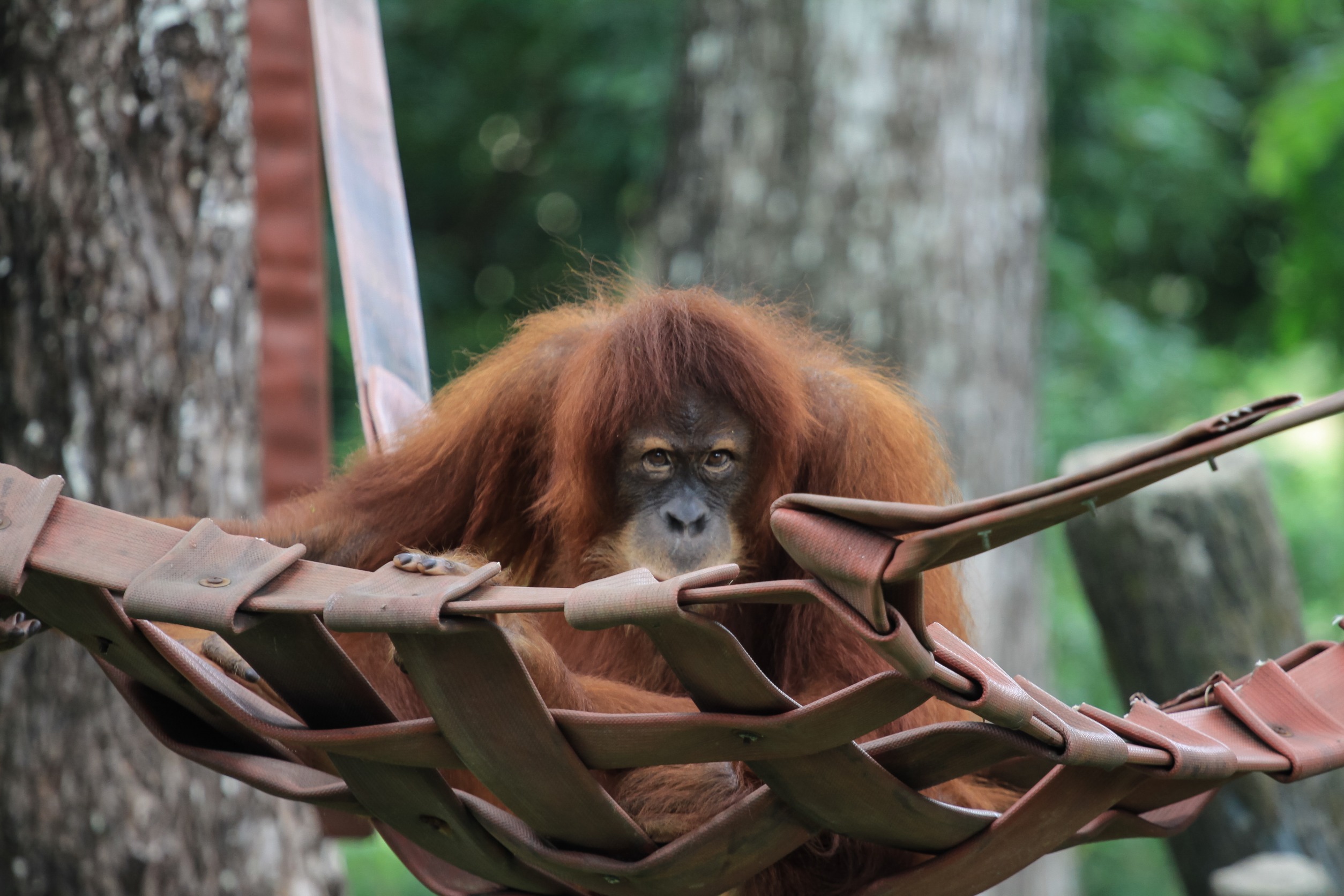Tropical field and behavioral ecologist Wendy Erb explores the world of orangutans in Borneo’s lush, emerald tropical peatland woods. Her mission? To comprehend the language of these amazing creatures, particularly how male Bornean orangutans (Pongo pygmaeus wurmbii) communicate— a quest fraught with surprises and danger.
According to Erb, “Orangutans have extraordinary strength, and big males have a penchant for finding standing dead trees and shaking, pushing or pulling them until they topple in a tremendous (and impressive) crash.”
The danger and delight of studying orangutans
Understanding the orangutan language is more than just an academic goal for Erb and her colleagues; it’s also about safety. These apes do not appear to issue any warnings before displaying their strength, but this could be due to the researchers’ inability to interpret them. In a recent study published in the journal PeerJ Life & Environment, Erb and her team, along with the Cornell University tropical field and behavioral ecologists, shed light on the intricate vocalizations of male Bornean orangutans, revealing a level of complexity comparable to that of other primates such as chimps.
Orangutan language: an odyssey of discovery
The researchers used audio analytic techniques, including machine learning, to study the cries of 13 male orangutans, revealing a wide range of vocalizations. “Orangutan long calls include only two to four loosely differentiated sound types,” says Erb. “Within those sound types, the orangutans produce a diverse spectrum of intermediate types, which yield sounds capable of being combined into various sequences within a single vocalization.”
Orangutan speak: intricacies of vocal communication
This research not only demonstrates the sophistication of orangutan communication but also emphasizes the need for a better understanding of the vocal repertory. According to Erb, “While vocal complexity is an important concept in animal communication, we are lacking a unifying framework for quantifying complexity.”
Indeed, studying the orangutan language provides essential insights into the evolution of communication systems, which matches our own effort to understand the origins of human speaking. “By learning more about orangutan vocalizations, scientists could ultimately better understand how humans learned to speak,” says Erb.
The evolution of language and its implications for human understanding
While humans have clearly perfected the art of speaking, our ape counterparts provide interesting insights into the slow evolution of vocal sophistication. Erb anticipates a future in which humans can easily converse with orangutans and chimps, demonstrating our shared evolutionary background.
Despite the scientific curiosity and fascination of discovery, Erb is aware of the hazards hiding in the forest. “In the dark, it’s much harder to assess which way the tree is going to fall,” she says. “So we were quite lucky to have made it through these heart-pounding wake-up calls unscathed.”
As Erb navigates the tangled web of orangutan communication, one question lingers: Which of these snag crashes are directed at neighboring orangutans, and which are intended as a message for us bipedal interlopers? Only time—and further research—will tell.
Source study: PeerJ Life & Environment—Vocal complexity in the long calls of Bornean orangutans











